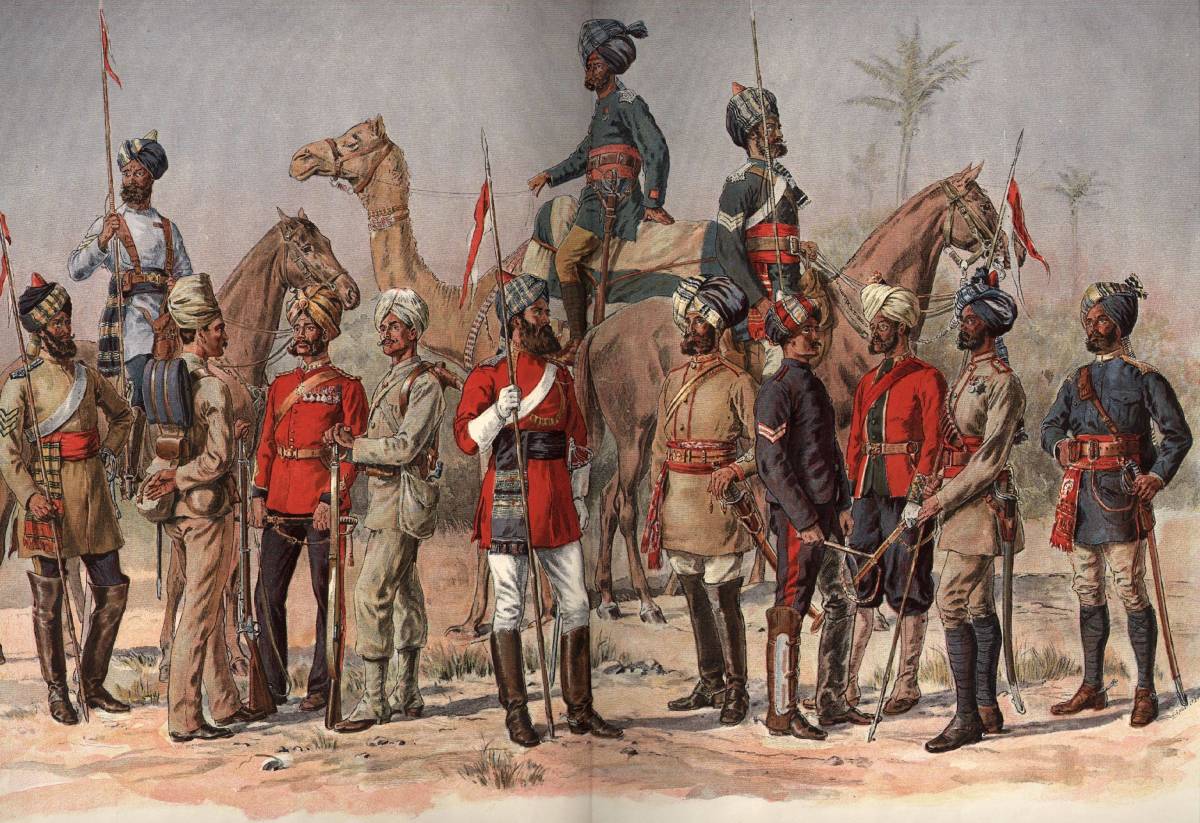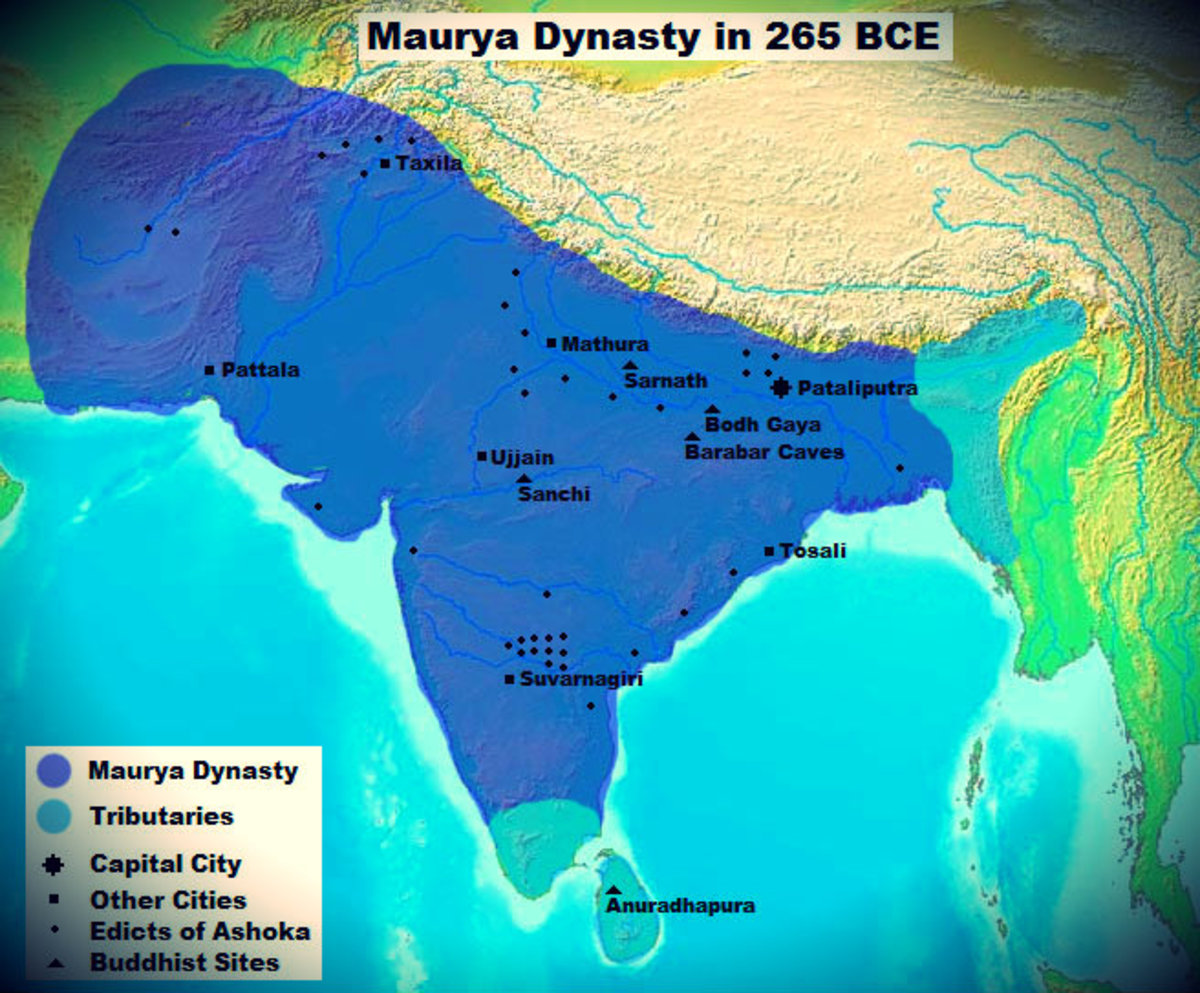- HubPages»
- Education and Science»
- History & Archaeology»
- History of Asia
Subsidiary Alliance System in Colonial India and How British Colonized India

After the ‘Battle of Buxar’, the English East India Company captured Bengal, it was one of the most richest places of India. After, English East India Company focused to strengthen their power and establish their domination all around India. So, the English East India Company tried to capture more places by following different strategic methods. In 1798, Lord Wellesley reached India as the Governor General. He focused to annex maximum territories as far as possible. Initially they tried to capture Indian native states by doing open conflict with the help of the company army. During this time, Lord Wellesley introduced the system of ‘Subsidiary Alliance’. Subsidiary Alliance is refers to an agreement between the English East India Company and the native rulers. By the arrival of the Governor General Lord Wellesley, the relationship among native rulers was not in a friendly way. If a native ruler signed in the ‘Subsidiary Alliance’ the native state will get the protection by the company army from the external attack by another native state. In returns to this service, the native rulers should pay an unfixed amount for the maintenance of the company army. The rulers gave another option to satisfy the company by giving a part
of the native state.
The major attraction of ‘Subsidiary Alliance’ system was the native state got the military protection by the company’s army from the attack by another native state. Hyderabad Nizam was the first native ruler signed in the ‘Subsidiary Alliance’ system. He signed in the year of the declaration of the system. Nizam paid a huge amount for the
maintenance of the company’s army at his capital state. Later, the company has increased the subsidy amount without any prior information. It leads to create more difficult problems to the Nizam. At last he required to give some of his portion of the state. Nawab of Awadh, ruler of Travancore, kochi, Maratha Chief were also signed in ‘Subsidiary Alliance’ system. The native rulers who are signed in ‘Subsidiary Alliance’ disbanded their own native army because of the existence of
the English East India Company’s army. It became the native rulers without force. Then, the English East India Company began to involve in the administration of the native states. Tippu Sulthan of Mysore and Maratha Peshwa were not joined in the ‘Subsidiary Alliance’ system. Subsidiary Alliance system enables the company to empower their supremacy in India at the cost of the native states. The English East India Company involved in the internal issues and in the administration of the native states. It generated more law and order and other problems in the native states. Anyway the native rulers removed from their responsibility to the public. They avoid the thought of welfare. In short ‘subsidiary Alliance’ system badly affected the common people.








